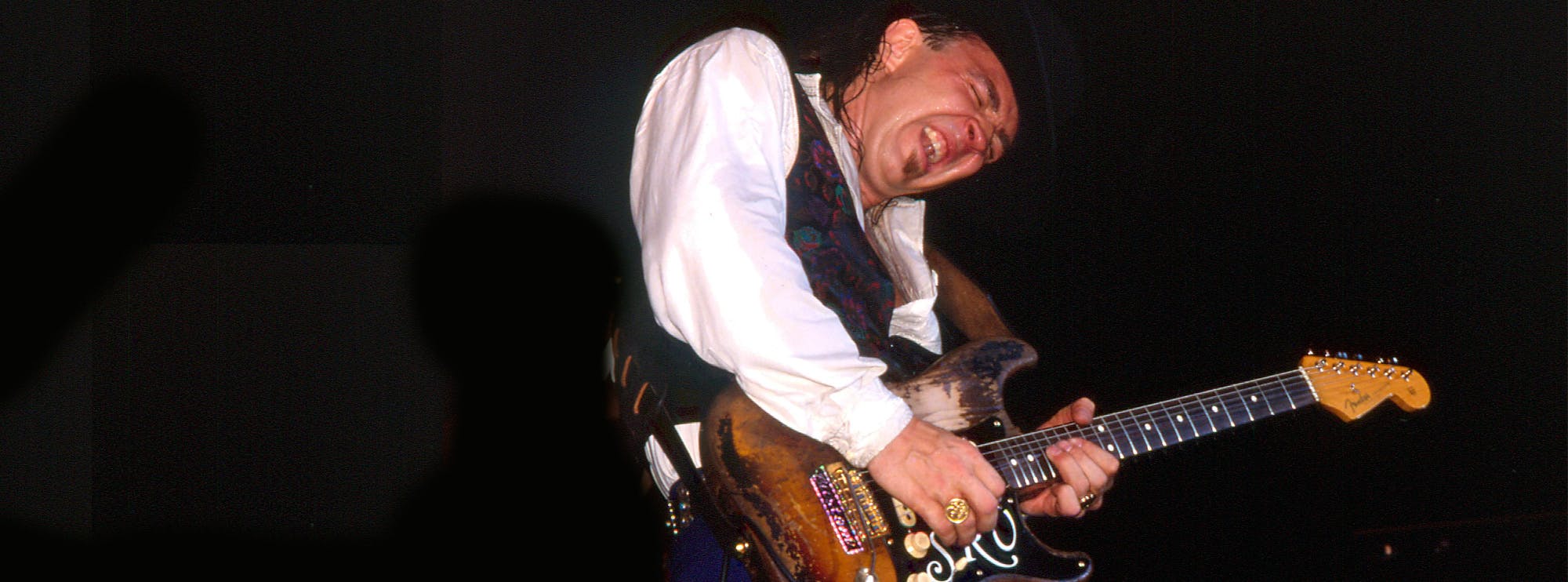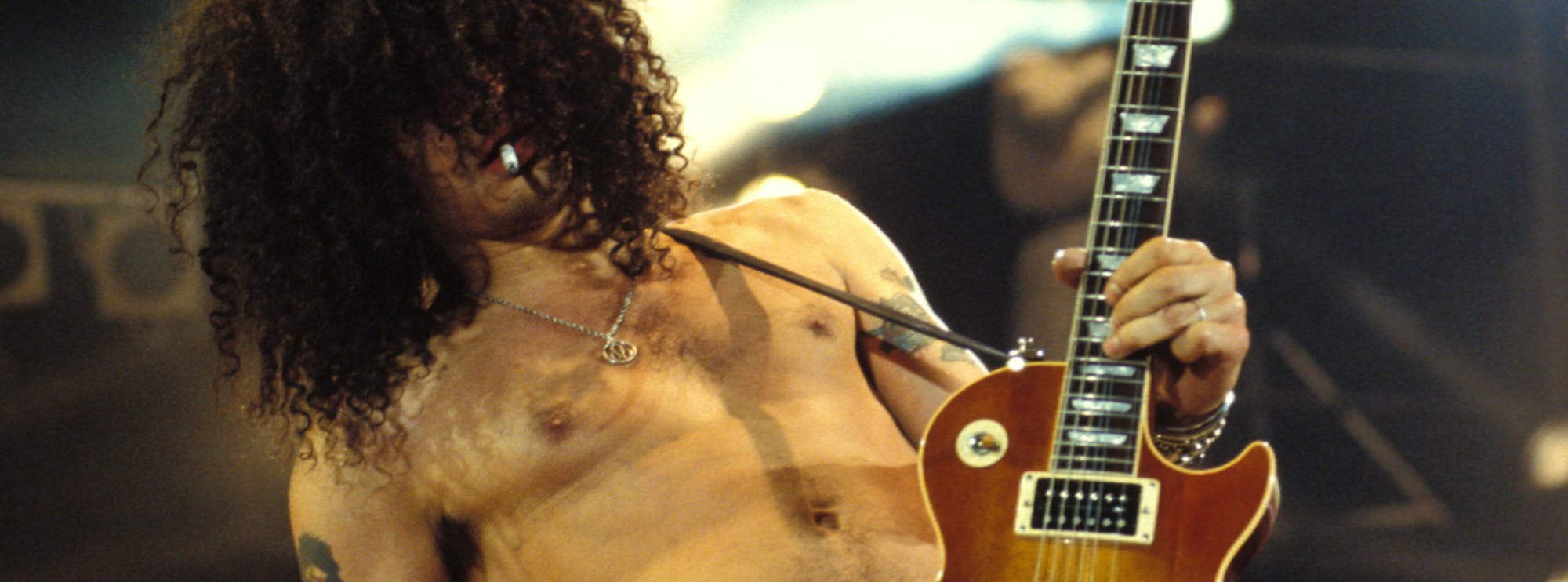Walking on the Moon by The Police - Guitar Lesson
The song "Walking on the Moon" by The Police is a classic track that showcases guitarist Andy Summers' unique and atmospheric style. This LickLibrary lesson focuses on the techniques that make this song stand out, offering an in-depth breakdown that will enhance your playing skills and stylistic versatility. With its distinctive mix of reggae-inspired rhythms and rich textures, "Walking on the Moon" provides an excellent opportunity to learn and refine several essential guitar techniques. Michael Casswell breaks down this classic track in this exclusive Lick Library video tutorial.
About Andy Summers and His Influence
Andy Summers, the guitarist for The Police, is celebrated for his innovative use of effects and unique approach to guitar playing. Known for blending jazz, rock, and reggae influences, Summers brought a textural complexity to The Police's sound that set the band apart. His playing on "Walking on the Moon" is a prime example of this style, using effects and unconventional chord voicings to create a dreamy, spacious vibe. Learning to play this song not only gives you insight into Summers' technique but also exposes you to approaches that can enhance your creative expression on the guitar.
Key Guitar Techniques in "Walking on the Moon"
1. Arpeggiated Chord Progressions
"Walking on the Moon" relies heavily on arpeggiated chord progressions, where each note of a chord is played individually rather than strummed together. This technique gives the song its ethereal quality, creating a spacious, floating feel. Mastering arpeggios can improve your finger dexterity and timing, allowing you to develop a more precise and nuanced playing style. This technique is particularly useful for players interested in atmospheric or ambient styles, as it allows for more texture and depth in your playing.
2. Reggae-inspired Syncopated Rhythms
The song’s rhythmic structure is rooted in reggae, using syncopated rhythms that emphasise the off-beats. This rhythm gives "Walking on the Moon" a laid-back but groove-heavy feel. Learning this style of syncopation will improve your sense of rhythm and timing, making you more versatile in genres like reggae, ska, and funk. Practicing syncopation can also help you develop a tighter, more controlled strumming hand.
3. Sustained Chords and Delicate Dynamics
Andy Summers’ playing in "Walking on the Moon" emphasises sustained chords with light dynamics. Using subtle variations in volume, he maintains a gentle, flowing feel throughout the song. Mastering sustain requires precise finger control and the ability to apply just the right amount of pressure. This technique is invaluable for ballads and atmospheric pieces, as it adds warmth and continuity to your playing, helping you to craft emotionally resonant music.
4. Octave Melodies
Throughout the song, Summers occasionally employs octave melodies, which add a subtle depth and richness to the track. Playing melodies an octave apart creates a fuller sound and helps highlight specific melodic lines. Learning octave melodies can improve your finger positioning and stretch, making it easier to navigate the fretboard. This technique is useful for creating unique, layered sounds in your solos and compositions.
5. Slides and Chord Transitions
Summers incorporates slides to transition smoothly between chords, adding a fluid, connected feel to the arpeggiated progressions. Slides are an essential technique that can add expression and smoothness to your playing. They enhance your control over transitions and can make your chord changes feel more natural and expressive. Slides are particularly helpful in genres that emphasise smoothness and flow, such as jazz and blues.
6. Use of Effects (Delay and Chorus)
While not a hand technique per se, the use of delay and chorus effects in "Walking on the Moon" plays a crucial role in creating its signature sound. These effects add depth, echo, and a shimmering quality to Summers’ arpeggiated lines, making the guitar sound expansive. Understanding how to use effects pedals like delay and chorus allows you to experiment with soundscapes and produce a fuller, more textured tone, making your playing more engaging and dynamic.
Benefits of Learning These Techniques
Each of these techniques offers benefits that extend beyond just playing this song. Arpeggiated chord progressions, for example, can help with finger dexterity, timing, and the ability to bring out individual notes clearly. Syncopated rhythms, on the other hand, sharpen your timing and adaptability to different genres, while sustained chords and dynamics teach control and emotional expression. Practicing octave melodies enhances your fretboard familiarity, while slides improve the fluidity of your transitions. Finally, understanding the use of effects such as delay and chorus will open up new avenues for creative sound exploration.
By mastering these techniques, you’ll not only be able to play "Walking on the Moon" note for note but also apply these skills to a wide range of musical styles and settings.
Techniques Used in "Walking on the Moon"
With each of these skills, you’ll gain the tools needed to capture the essence of The Police's classic while enhancing your overall guitar proficiency. Dive into "Walking on the Moon" and see how these techniques bring your playing to new heights!
About The Tutor
Tutor Profile
Michael Casswell
It is with great sadness that we post the news of Michael Casswell's tragic death in a swimming accident while on holiday in Spain. All of us at Licklibrary are shocked and saddened by MIke's passing, and our deepest sympathies go out to his family at this difficult time. Michael...



